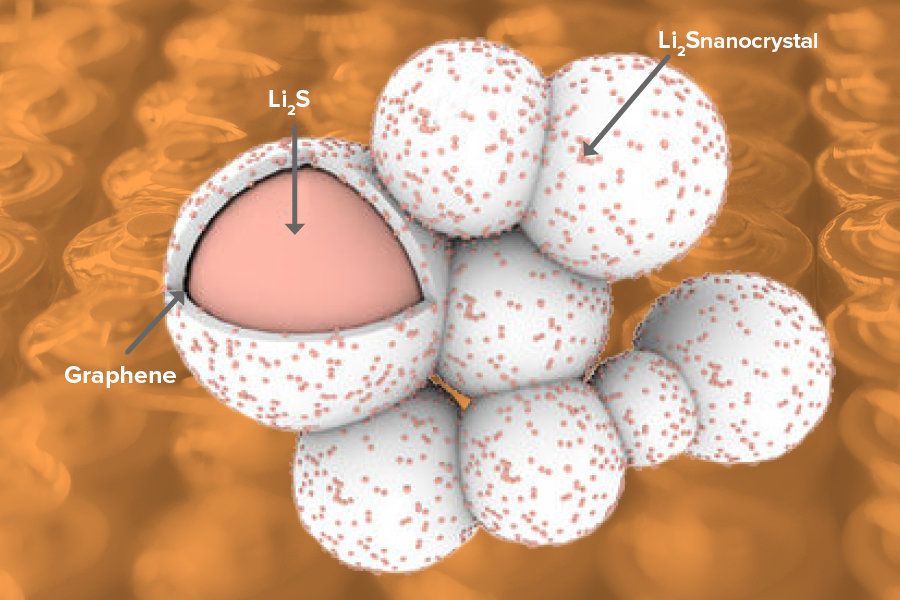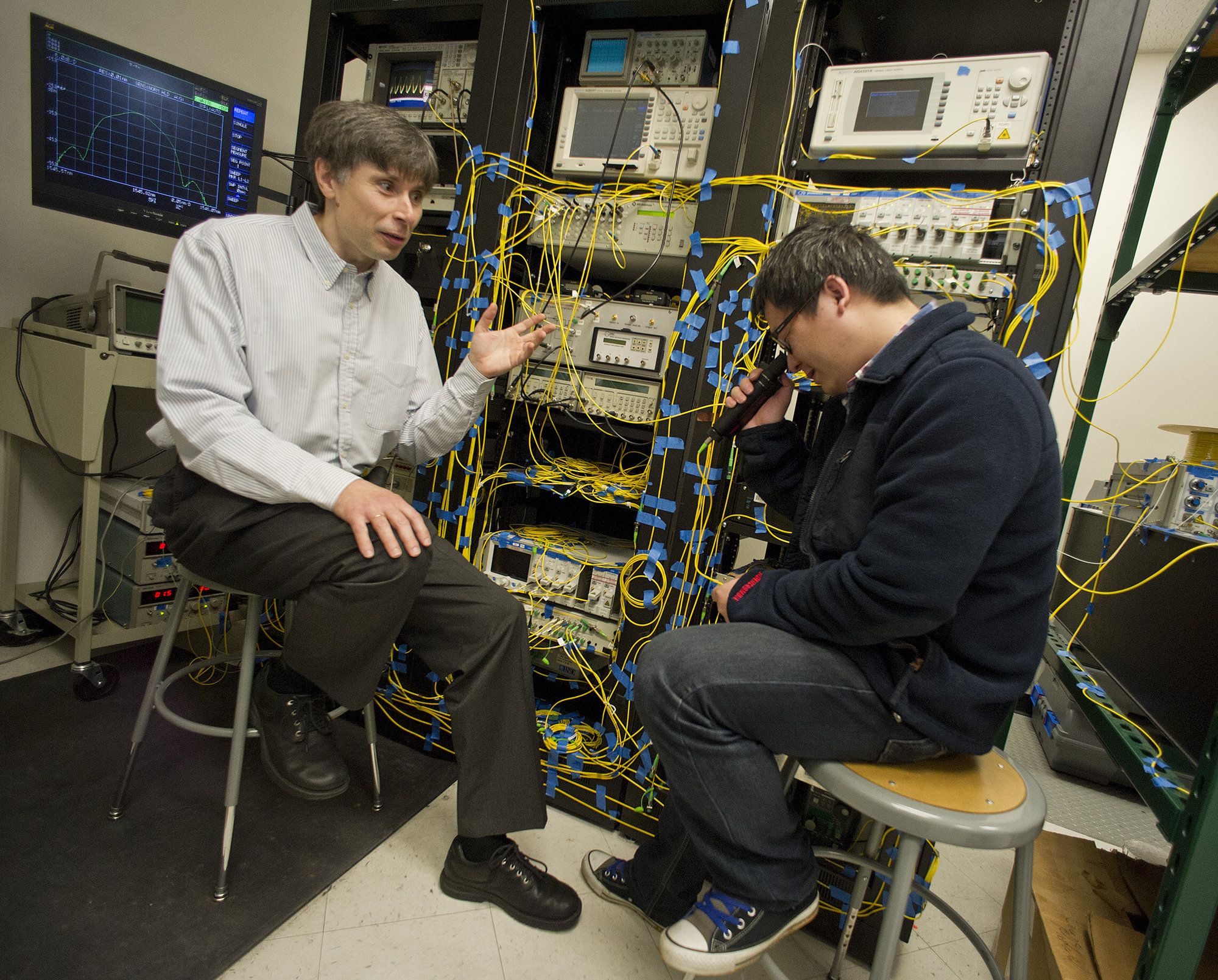LED bulbs contributed to a reduction of 570 million tons of carbon dioxide emissions in 2017, according to an estimate by IHS Markit—equivalent to closing more than 160 coal power plants.
Published 2 hours ago | Photo by Reuters/Toru Hanai.


Engineers at The Ohio State University are developing technologies that have the potential to economically convert fossil fuels and biomass into useful products including electricity without emitting carbon dioxide to the atmosphere.
In the first of two papers published in the journal Energy & Environmental Science, the engineers report that they’ve devised a process that transforms shale gas into products such as methanol and gasoline—all while consuming carbon dioxide. This process can also be applied to coal and biomass to produce useful products.
Under certain conditions, the technology consumes all the carbon dioxide it produces plus additional carbon dioxide from an outside source.
Engineers at The Ohio State University are developing technologies that have the potential to economically convert fossil fuels and biomass into useful products including electricity without emitting carbon dioxide to the atmosphere.
In the first of two papers published in the journal Energy & Environmental Science, the engineers report that they’ve devised a process that transforms shale gas into products such as methanol and gasoline—all while consuming carbon dioxide. This process can also be applied to coal and biomass to produce useful products.
Under certain conditions, the technology consumes all the carbon dioxide it produces plus additional carbon dioxide from an outside source.

“A review of the most important developments in rate design, distributed energy deployments, and utility business models.”
Drone technology is getting better all the time, and one area folks are putting a lot of energy into is boosting the amount of time the things can stay in the air. Drone manufacturer Quaternium is claiming a new milestone in this field, after flying its HYBRiX.20 fuel-electric quadcopter for four hours and forty minutes in what it describes as a world record flight for a self-powered multicopter.
Most multicopter drones you can buy off the shelf boast flight times of 25 to 30 minutes, though we have seen custom-built multicopters fly for far longer. Last year, for example, a commercial drone operator used a bespoke quadcopter to cross the English channel in a 72-minute jaunt, while others such as dronemaker Skyfront have previously claimed endurance records well in excess of four hours.

Germany has spent $200 billion over the past two decades to promote cleaner sources of electricity. That enormous investment is now having an unexpected impact — consumers are now actually paid to use power on occasion, as was the case over the weekend.
Power prices plunged below zero for much of Sunday and the early hours of Christmas Day on the EPEX Spot, a large European power trading exchange, the result of low demand, unseasonably warm weather and strong breezes that provided an abundance of wind power on the grid.
Such “negative prices” are not the norm in Germany, but they are far from rare, thanks to the country’s effort to encourage investment in greener forms of power generation. Prices for electricity in Germany have dipped below zero — meaning customers are being paid to consume power — more than 100 times this year alone, according to EPEX Spot.

Many battery scientists are interested in the potential of lithium sulfur batteries because, at least in theory, they offer a high energy density at relatively low cost. However, lithium sulfur batteries face a number of challenges, including the low electrical conductivity of sulfur and the tendency of the cathode to expand significantly in size during the discharge cycle—a tendency that prevents the cathode material from being packed as densely in the battery as scientists would like.
To combat these problems and bring lithium sulfur batteries closer to reality, researchers at the U.S. Department of Energy’s (DOE) Argonne National Laboratory, the University of Illinois at Chicago (UIC) and Oregon State University have developed a new cathode material made of lithium sulfide that is encapsulated by graphene.
To make the cathode material, Argonne chemists Jun Lu and Khalil Amine heated lithium metal and then exposed it to carbon disulfide gas, a common industrial solvent. The creation of lithium sulfide, as well as the graphene encapsulation, happened spontaneously.
China has put $3.3 billion into making new highly compact nuclear reactors which would also use for nuclear powered drones.
The potential impact of nuclear-powered drones can be seen by comparing them with existing aircraft such as the MQ-9 Reaper, which is used extensively in Afghanistan and Pakistan in operations against insurgents. The Reaper presently carries nearly two tonnes of fuel in addition a similar weight of munitions and other equipment and can stay airborne for around 42 hours, or just 14 hours when fully loaded with munitions.

Breakthrough research from The University of Texas at Arlington and The University of Vermont could lead to a dramatic reduction in the cost and energy consumption of high-speed internet connections.
Nonlinear-optical effects, such as intensity-dependent refractive index, can be used to process data thousands of times faster than what can be achieved electronically. Such processing has, until now, worked only for one optical beam at a time because the nonlinear-optical effects also cause unwanted inter-beam interaction, or crosstalk, when multiple light beams are present.
An article published in the prestigious Nature Communications journal, by the research group of Michael Vasilyev, an electrical engineering professor at UTA, in collaboration with Taras I. Lakoba, a mathematics professor at UVM, detailed an experimental demonstration of an optical medium in which multiple beams of light can autocorrect their own shapes without affecting one another.